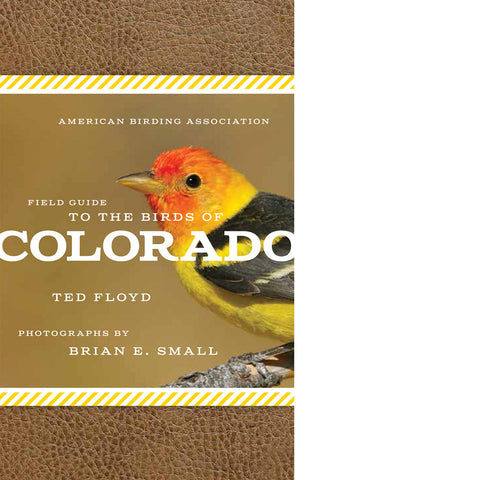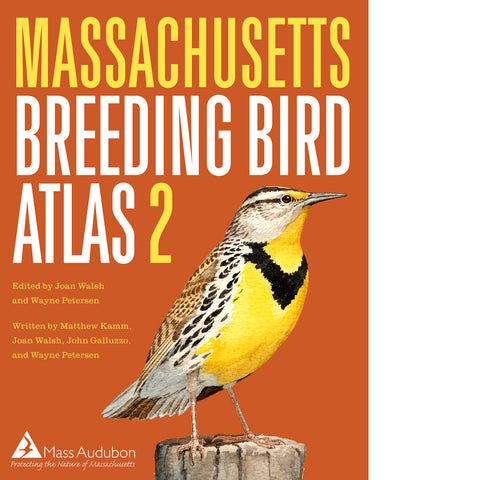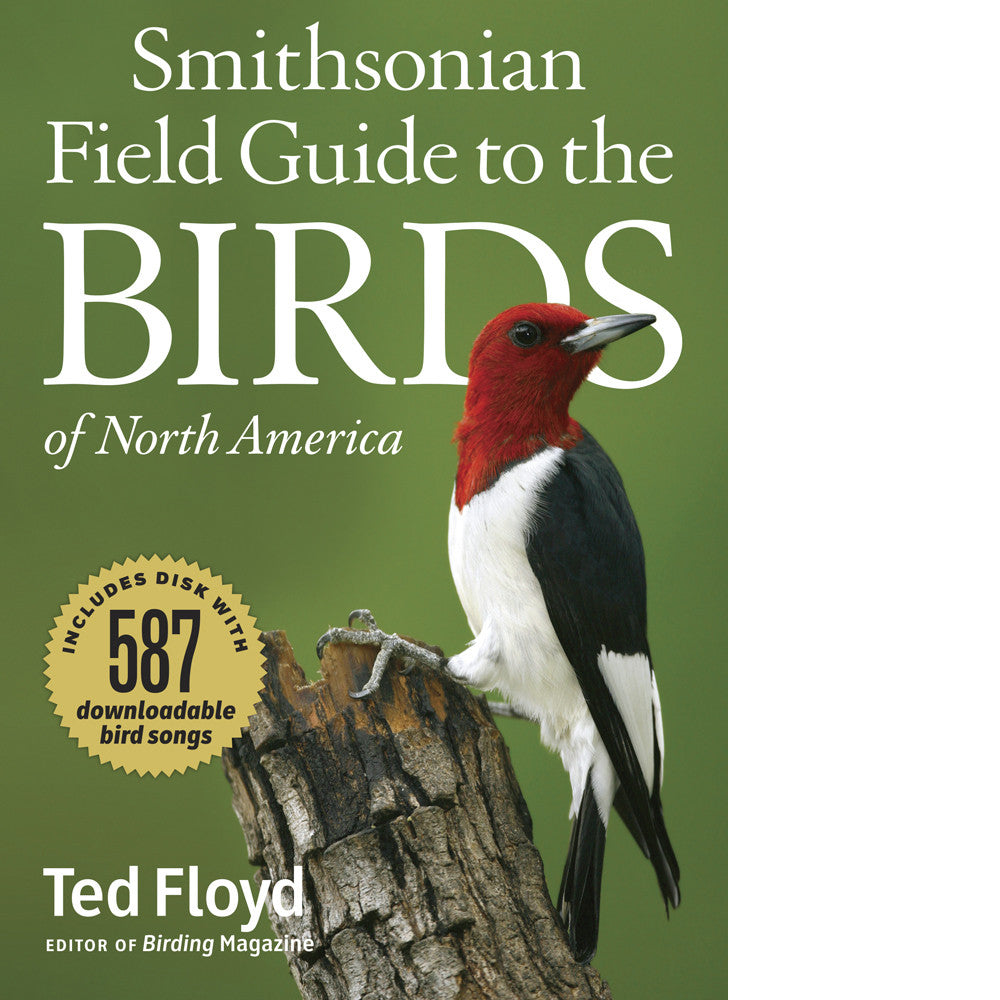
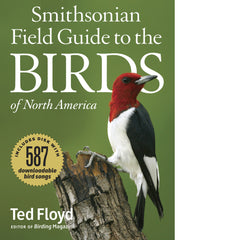
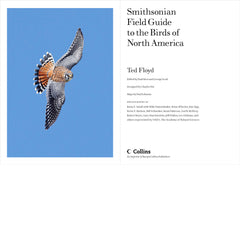
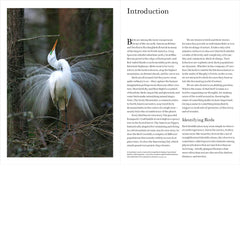
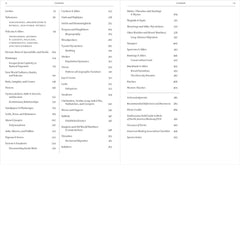
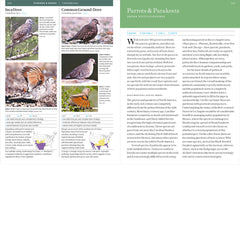
Author: Ted Floyd
Photographer: Brian Small, et al.
Publisher: Collins
This new field guide provides a suite of modern tools to effectively aid in the identification of more than 750 species of birds across North America. It introduces a "whole bird" approach by concisely gathering a collection of information about birds into one portable and well-organized volume.
- 2,000 stunning color photographs of birds in natural habitats show the most important field marks, regional population differences, life stages, and behaviors
- 700-plus detailed and up-to-date color range maps show summer, migration, winter, year-round, and rare but regular occurrences of every major species
- A DVD of birdsongs for 138 major species (587 vocalizations in all for 5½ hours of play); each high-quality MP3 file is embedded with an image of the bird, perfect to view on home computers and portable MP3 players
- Concise descriptions of habits and ecology, age-related and seasonal differences, regional forms, vocalization, and informative captions pointing out the most important aspects of the bird
- 46 group essays with information outlining taxonomy, feeding, migration, habitats, behaviors, and conservation status
- A thorough and accessible introduction to birds and birding includes sections on parts of a bird, plumage and molt, food and feeding, migration, habitats, conservation, tips on bow to become a better birder, and more
- A detailed glossary of terms, species checklist, and quick index
The new Smithsonian Field Guide to the Birds of North America is perfectly designed to give birders the most powerful and user-friendly collection of information to carry into the field or wherever they enjoy learning about birds and nature.
Reviews
Starred Review. This new Smithsonian field guide, written by Birding magazine editor Floyd, is ideal for beginners, but also has formidable resources for experienced birders. What gives this guide the most value is the included CD-ROM [DVD, ed.], with 587 songs and calls (for 138 bird species) in mp3 format. Not only are they an immense improvement on written descriptions (frequently incomprehensible), they're field-ready-just download them onto your favorite mp3 player. The text is generally thorough, but the focus is on images; each bird's entry is accompanied by at least two photographs and often more, showing specimens in flight, variations in coloring, and differences among males, females and juveniles. Compared with similar guides from National Geographic, Floyd's has considerably less textual description, helpful in identifying rarer birds and hybrids, but the strikingly crisp photography compensates. Appropriate for even elementary-age readers, the book's excellent range maps are very clear, and the introduction to each group is readable and highly informative. Clean design, sharp (not heavy) print and moisture-resistant materials make it perfect for field use. Birders of any experience level will be happy with this volume on their bookshelf.
—Publishers Weekly

